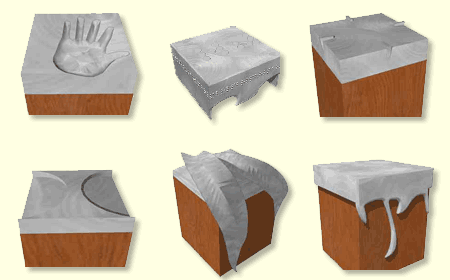Timber Bollard Caps
Introduction
Bollard cap design is a key area of the bollard market place, serving as both a protection mechanism of the underlying bollard structure (substrate), and adding value to the basic product as an identity device.
Bollard Cap Analysis
Bollards, although designed to segregate and delineate the landscape, may also have a role as furniture. This function requires a design response that is conscious of, and encourages, the proximity of people and their interaction with the bollard form.
Social dynamics show that social interactions in the environment tend to occur at points of transition - where there are elements that provide prospect and refuge and allow people to define a social space in the environment. Elements that form these transitions need to accommodate people's desire to handle and come into contact with them as they seek to define a safe location in the landscape.
The bollard cap is designed to be a touch sensation in addition to a visual enlivening of the bollard form. This is based on the philosophy that components of structures designed to come in contact with people should be visually identified as such by the use of contrasting material, form or texture. Moreover, items intended to be in contact with the body should be designed to enhance the sensation of touch for the part of the body intended.
As a manifestation of this design philosophy, a number of the attached bollard cap design options pursue forms that are intended as a tactile game, allowing the fingers to run across the cap and trace its sensual outline. This tactility and interactivity in cap design signals that the bollards are for close contact.
Download the above information as a PDF: Bollard Caps details ›
Possibilities…
These illustrations show the possibilities when considering a cap for the pioneer post.

Download the above information as a PDF: Bollard Cap illustrations ›
For orders of over 200 bollards a simple cast cap may be an economic option.





